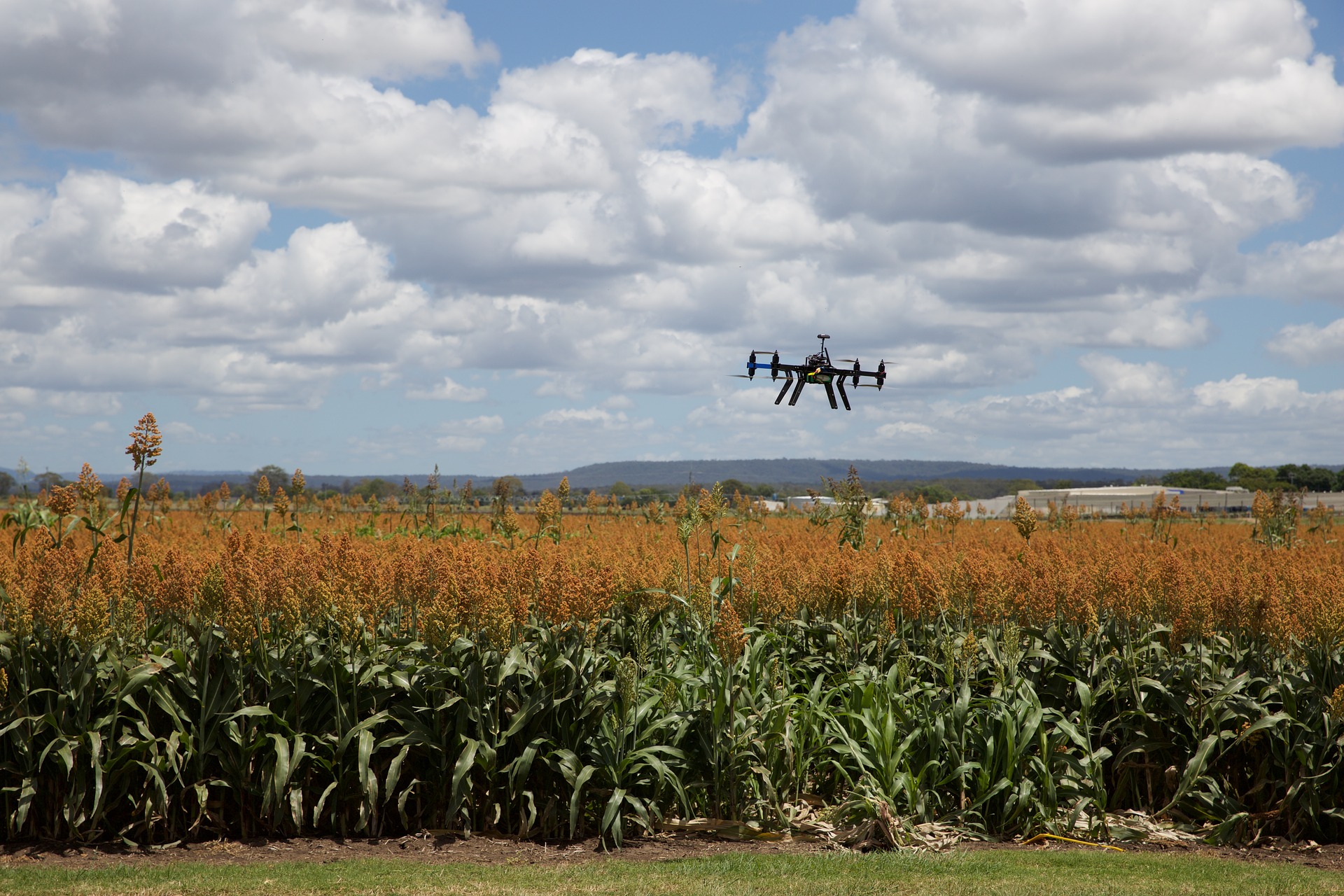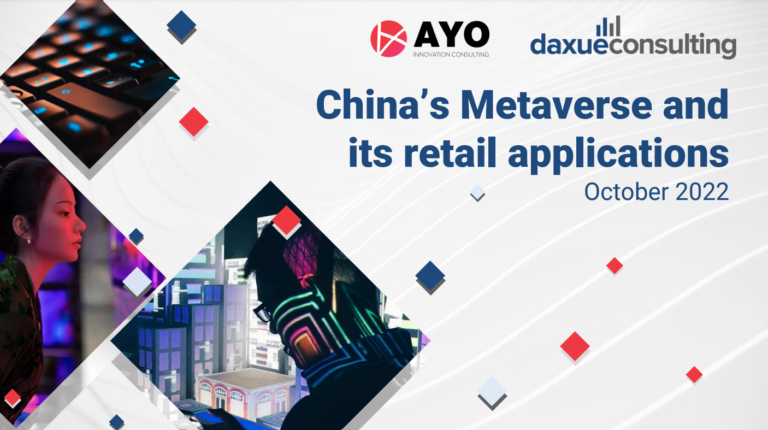China’s most popular C2M platform Pinduoduo has recently overtaken Chinese E-commerce giant Alibaba as China’s top shopping site. Although Pinduoduo is now king among Chinese E-commerce platforms in active users, it has yet to achieve profitability. So in order to become profitable, Pinduoduo is now focusing on Foodtech. As executive director Xinyi Lim puts it: “We’re thinking about how we can make entire food system more resilient, from how food is produced, to how it’s transported, to how it’s consumed”.
Foodtech in China seems indeed to present great prospects for growth. According to Agfunder’s 2021 China Agrifood investment report, investments in Foodtech in China reached 6 billion US dollars in 2020. With 293 deals made in 2020 and a 66% year-on-year investment growth despite the toll the COVID-19 pandemic took on the economy, it is one of China’s fastest growing industries in China.
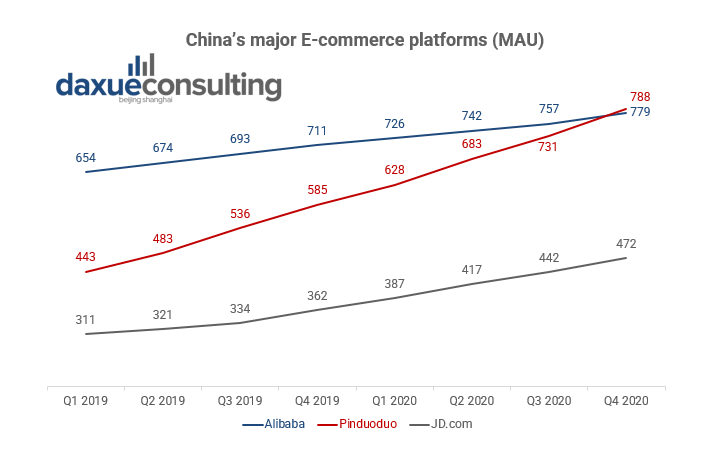
What is Foodtech and why is there a drive for Foodtech in China?
But first, what exactly is Foodtech? Foodtech is the application of technology to improve production and distribution in the food industry. It goes from advanced farming to e-grocery apps to supply chain management using blockchain. There is today a push for Foodtech in China because of the current state of the Chinese agriculture industry. China’s current ratio of arable land per habitant is 0.09 hectare per person, twice below the world’s average. Despite this, the CCP has managed to guarantee food self-sufficiency through strict policies, but if there might be enough grain in China to feed the entire Chinese population, consumer habits have evolved.
Notably, rising meat consumption in China has made the country’s meat imports reach 7.4 million tons in Q3 2020. China consumption of soy-based products also makes it the largest soybean importer at just over 100 billion tons imported in 2020. To meet the rising demand and overcome the challenges posed by a somewhat lagging agriculture industry, authorities and private investors are now ever increasingly investing into foodtech in China.
Foodtech upstream of the supply chain
The application of technology in the production of food can be divided into three main categories:
- Food innovation: The development of new food products either through engineering or innovation. In China, the development of the plant-based meat industry is a prime example of successful food innovation.
- Agribusiness marketplace and logistics: Everything related to facilitating the procurement, trade, transport and traceability of commodities and products through technology.
- AgTech and advanced farming: This is related to farm management software, farm automation and equipment, bioengineering and novel farming systems such as vertical farming or algae production.
Foodtech downstream of the supply chain
Tech also plays a large role into food distribution; we can distinguish four main categories:
- E-groceries and food delivery services: Among the fastest growing sectors of Foodtech in China. These services often take the form of convenient apps allowing people to order their meal or groceries online.
- Premium-branded food and restaurants: Premium food experience including tech-enabled product design and packaging and thematic restaurants.
- Food service and retail technology: Includes shelf-stacking robots, food waste monitoring algorithms and tech enabling new business models such as ghost kitchens.
- Home and cooking technology: everything related to smart kitchen appliances and nutrition monitoring technology.

Food service and retail are the fastest developing sectors of Foodtech in China
Despite making only 11% of Foodtech funding deals in China, online grocery platforms have raised 3.6 billion USD worth of investments in 2020. This is due to the high capital demand inherent to this sector and the maturity of the online grocery industry in China. Premium branded foods and restaurants have been the category boasting the most investment deals with 117 deals in 2020 or 47% of Chinese Foodtech deals in 2020. This is partly due to a trend around thematic restaurants in China but also the increasingly connected Chinese population is asking for increasingly connected consumer experiences.
As Chinese consumers become increasingly aware of health, especially regarding food products, they pay more attention to the traceability of what they buy and consume. This is doubly true in the Chinese food industry, which has been plagued for years by a slew of food safety scandals and thus earned the distrust of Chinese consumers. One example of the use of technology in food traceability in China is the Gogochicken program. It allows consumers to monitor the age, location and even the distance walked each day of the poultry they are buying.
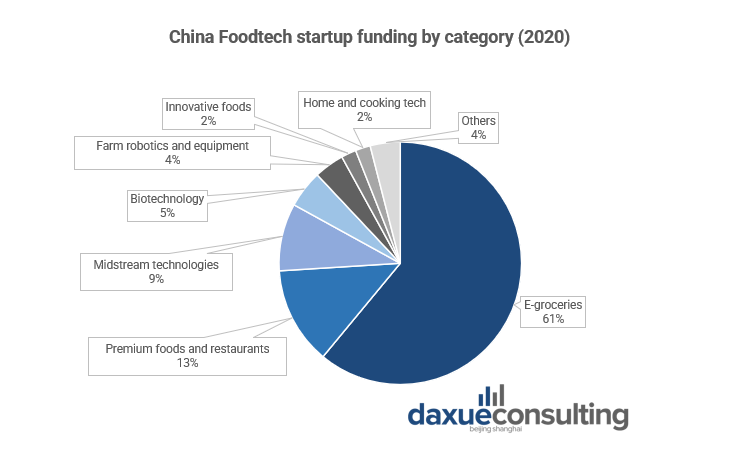
Foodtech answers the shortcomings of agriculture in China
Agriculture in China faces several predicaments that technology can attempt to address. The shrinking and aging Chinese rural population and the low profitability of agriculture in China is making the industry face workforce shortages that automation can resolve. China is also known to use the most pesticides relative to farmed land size in the world, hurting profitability and causing heavy pollution detrimental to both public health and the environment. The use of farming drones and algorithms can help Chinese farmers gaining efficiency and thus reducing the use of pesticide. There is also a drive in bioengineering with recent approval for using GMO crops, which could also lead to lesser use of pesticides.
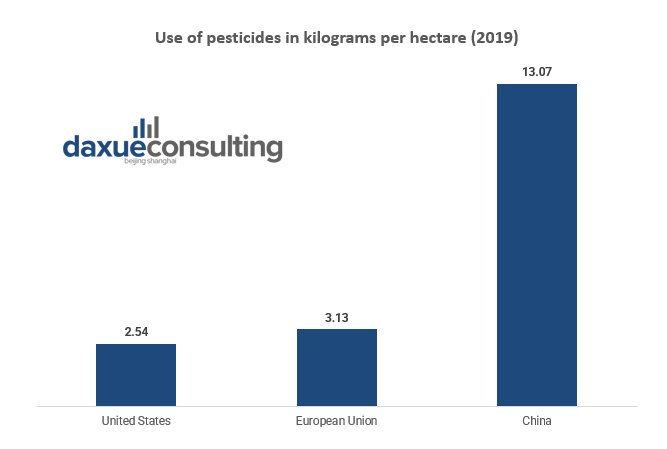
The recent outbreak of African swine fever that decimated South-East Asia’s pork population has also pushed a drive for better livestock traceability in China. In recent years, Chinese insurers have developed animal facial recognition to ensure better traceability but also allow farmers to monitor the health of their livestock and allow them to be more reactive to address issues. Finally, indoor farming picking up the pace in China with a plan to build 2 million hectares of controlled environment greenhouses by 2025.
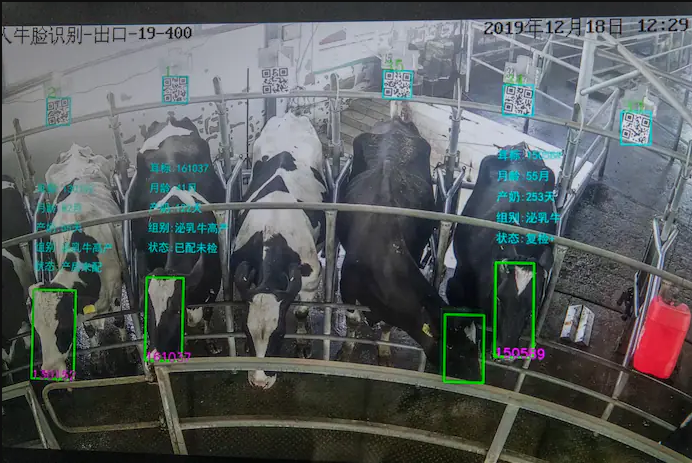
Key takeaways about Foodtech in China
- Despite recent changes in pesticide regulation, agriculture in China is still plagued with heavy pollution, low profitability, and a dwindling workforce. Furthermore, despite a drive for food self-sufficiency, Chinese demand for meat and soybeans in particular mandates large food imports.
- To address these issues, China is turning toward Foodtech to boost both productivity and efficiency upstream the food supply chain. This is achieved through using automation, advanced algorithms, bioengineering and novel agriculture methods.
- Downstream the supply chain, demand for better traceability and ever-more connected products drives companies to invest in food service and online food retail, but also innovative food products.
- The resulting rise in investment has made Foodtech in China a very promising industry.
Author: Camille Gaujacq


